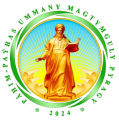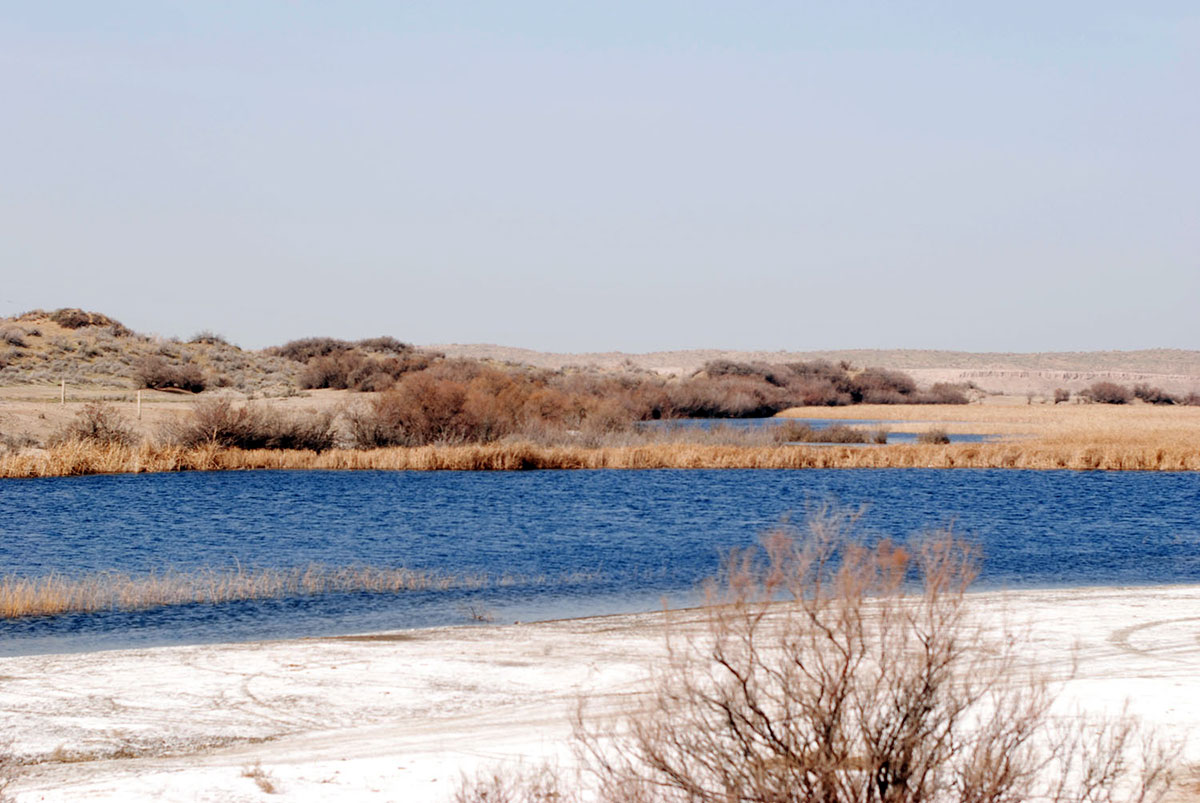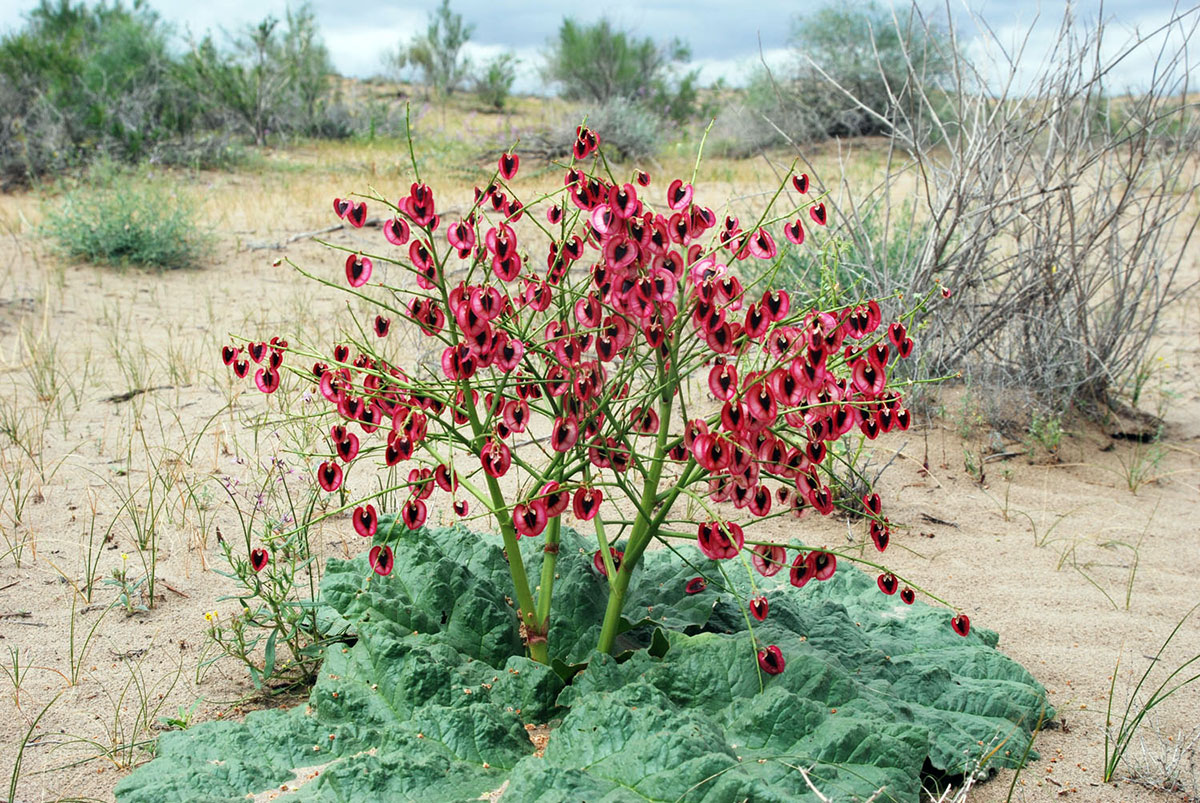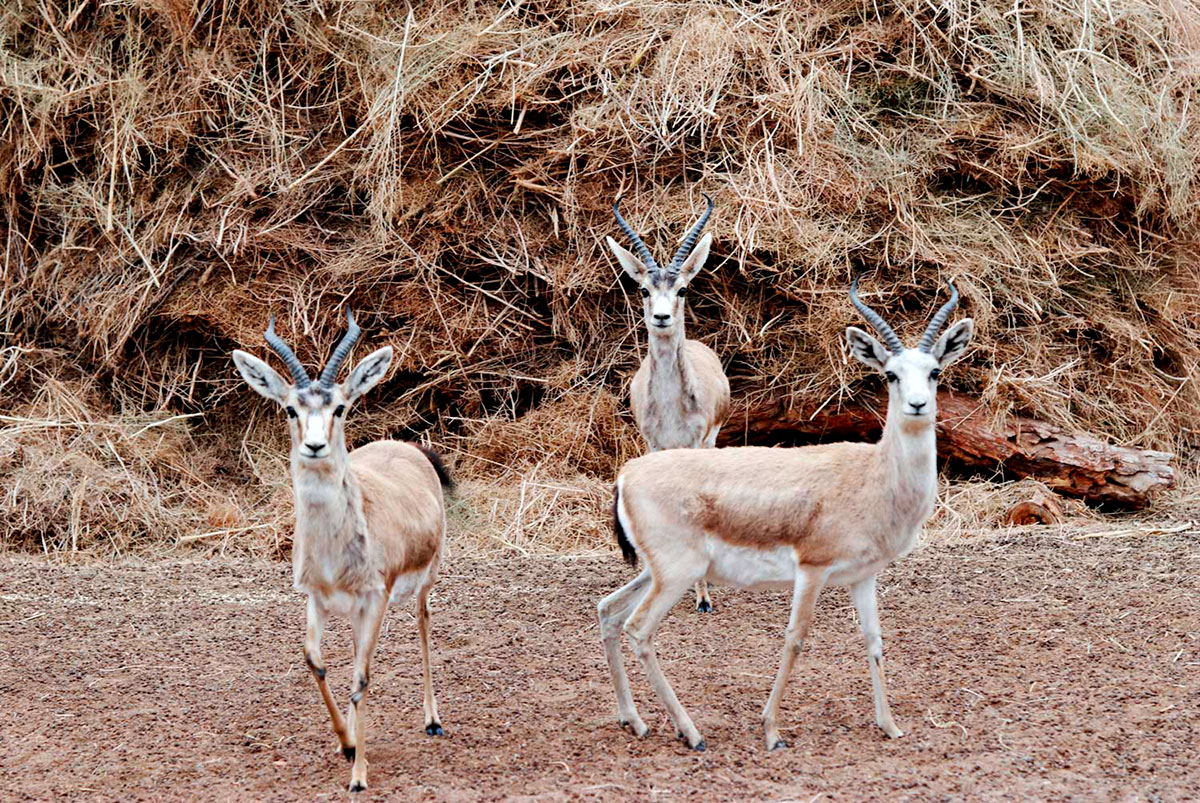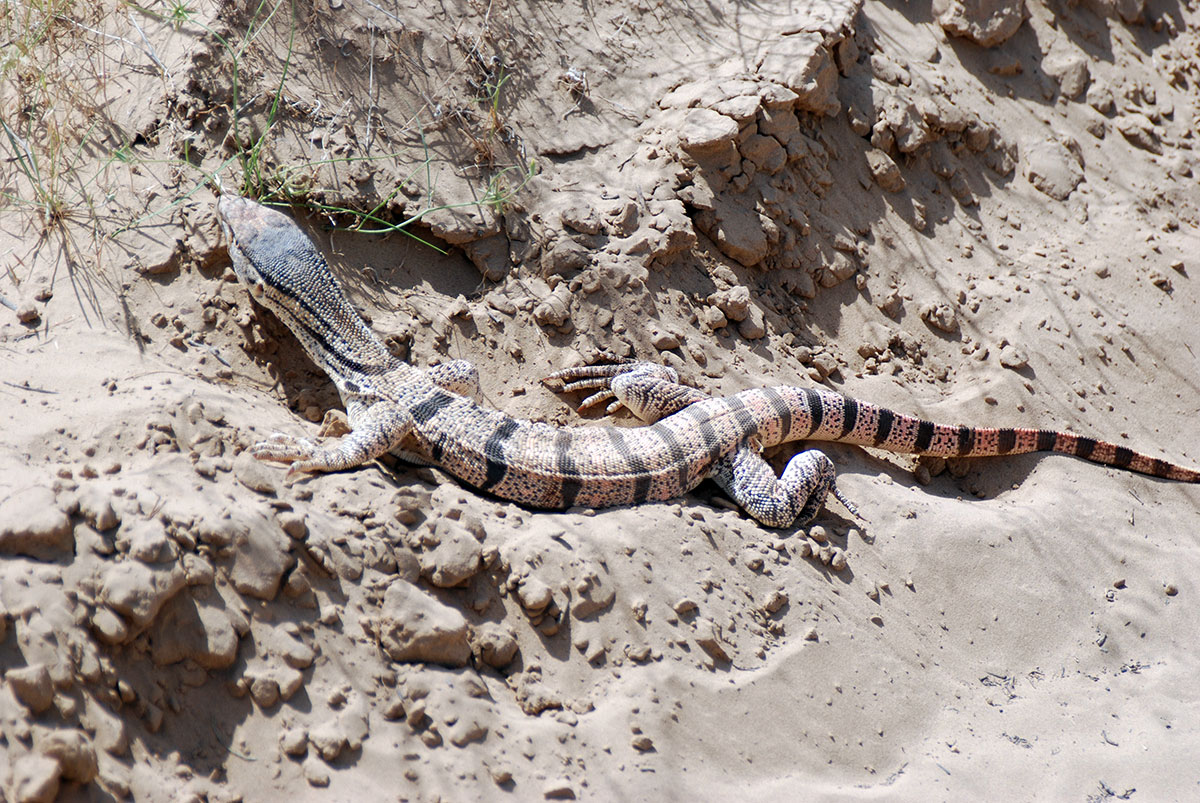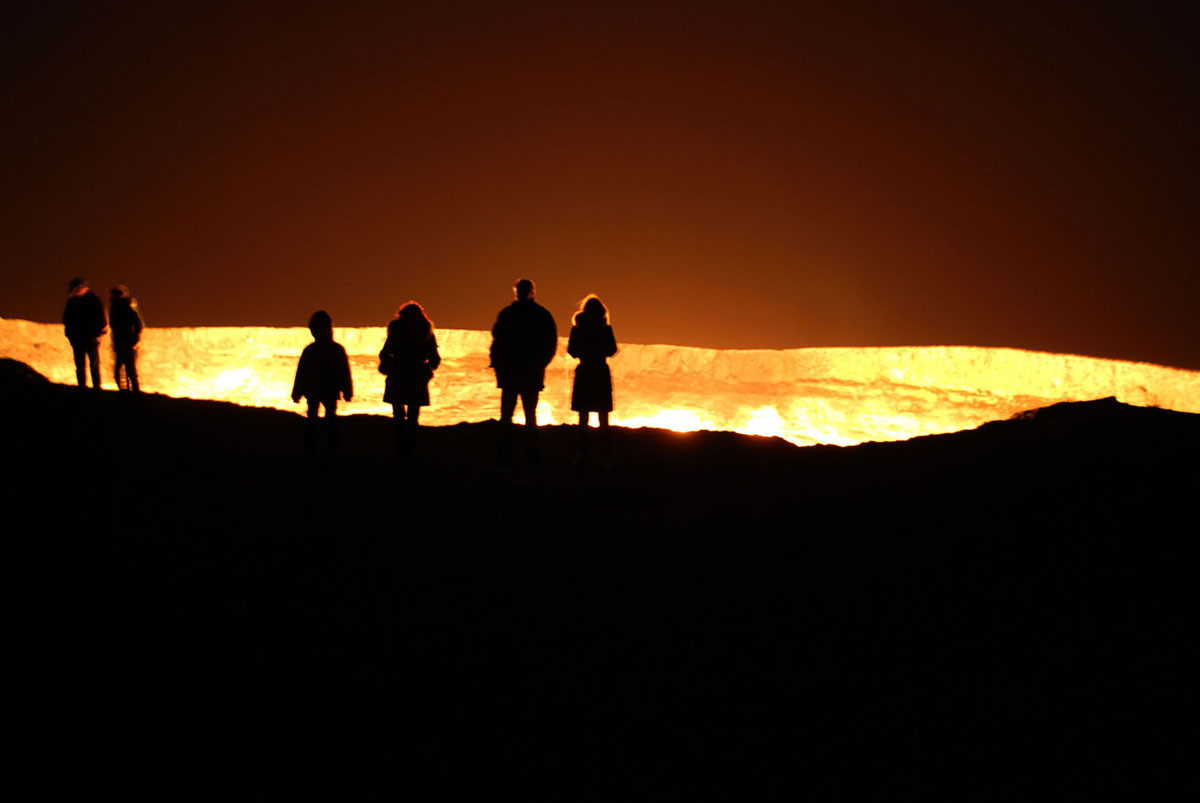The Karakum is the ancient name given to a great and vast region of sand desert, partly consisting of steppes. It is one of the largest deserts in Central Asia and in the world. Occupying about three-fourths of the area of Turkmenistan, it is situated between the Kopetdag Mountains, the Karabil and Badkhyz uplands in the south, the Khorezm Plain in the north, the Amudarya River valley in the east, and the Western Uzboy riverbed in the west. Its total area, over 350, 000 square kilometers, exceeds the size of Great Britain, Italy or Norway. The British explorer and traveller A. Burnes wrote: “All other deserts pale into insignificance compared to this seemingly endless ocean of sand. I cannot imagine a more horrible sight than this desert.”
Despite the desert’s inhospitable and challenging environment, its distinctive climate, flora and fauna hold special charm and provide vital and valuable resources.
The “desert, arid and monotonous expanses of yellow and red sand” as the Brockhaus and Efron Encyclopedic Dictionary describes the Karakum, might have been marine, river and continental in origin. Most scientists assume that the region was once covered by a shoreless sea and when it receded it left behind what is now one of the world’s greatest deserts. Then again, more ancient sedimentary deposits were buried beneath layers of sand that was formed by ancient rivers, mainly the Proto-Amudarya.
Those who have been in the desert are only well aware that the Karakum is an unusual, peculiar and even harsh natural environment, but at the same time it receives such sheer abundance of life-giving sunshine and warmth that it could be transformed into one of the country’s most developed economic region in the future. What was achieved in the post-independence period thanks to the challenging and multifaceted activities we call “desert development”, marked the start of the massive national efforts in the area. The ever-expanding oases now stretch along the thousand-kilometer-long Karakum River. Roads, canals, power lines, and water mains run crossing the desert. Settlements and oil and gas fields have been built in central areas of the desert. Until recently desolate sand expanses now boast irrigated plots of land.
The 540-kilometer-long Ashgabat-Karakum-Dashoguz railway is set to play a special role. Crossing the black sands, it directly links the country’s two large velayats – the northern agricultural and the central industrial regions. The railway is also essential to further development of large areas. Some 100 facilities have been built in the very heart of the Karakum, such as railway crossings, well-equipped train stations, scores of bridges and bridge crossings. Alongside with the new railway, these desert areas now have water and power supply systems, communication lines, housing and cultural facilities.
It is a well-known fact that not only is the Karakum entirely suitable for year-round cattle grazing and irrigated farming, but it is very rich in natural resources, mainly hydrocarbons – crude oil and gas. Twenty-plus large minable oil and natural gas reserves have been discovered there. Among them are Achak, Bovredeshik, Shatlyk, Nayip, Kirpichly, Babarap, Sakar, Shekhitli, Toporjulba, Goyun, Kyrkkui, Atasary, Tarymkaya, Malay, Bayramali, etc.
The desert areas are a treasure trove of other mineral resources, in particular native sulfur. Its deposits are found in the center of the Karakum. Sulfur ore was extracted from mounds bearing Neogene-era sediments. The desert still has large deposits of this mineral.
The so-called Annau deposit of quartz sand (suitable for glass making) has been found in the southern part of the Karakum. The Bezmein deposit has eolian dune sand (quartz feldspar) used in continuous fiber production. Building-material deposits have been surveyed and explored in the desert’s eastern area along the left bank of the Amudarya River. These are the Danisher and Kabaklin deposits of gravel use to produce claydite, perforated bricks, and ceramic tiles. Clay at the Kabaklin deposit is a valuable molding material in foundry and drilling mud preparation, and clay loam at the Bayramali deposit is used in ceramics manufacture and brick making. Deposits of loam used in ceramic brick production have been discovered in the north of the Karakum (Daryalyk, Ilyalin, and other deposits).
The desert has so many natural landmarks that it can become a fascinating tourist destination and attraction. The Karakum is home to three unique wildlife sanctuaries: the Repetek, Bereketli Karakum and Kaplankyr Nature Reserves. The ancient Uzboy River valleys are blessed with natural scenic beauty. Back in the past, the wayward Amudarya did not flow into the Aral Sea like today, but emptied its water into the Sarykamysh Depression in the northernmost part of Turkmenistan. The desert’s largest river blocked its riverbed many times, as a result, changing its path and leaving behind deserted sand valleys. Carrying its burden of sediment, the river filled the Khiva Plain. It created the sloping convex-shaped delta, took a bend and shifted to the north towards the Aral Sea. On its way, the river washed the ancient sediment, forming rapids and waterfalls in hard limestone rocks. Pouring down, the water hollowed out deep cavities, formed meanders and valleys in some places. This led to the creation of emerald green lakes filled with salt and gypsum down below the hanging yellow and white limestone cliffs.
The Kaplankyr clay plateau-like upland was already in existence back then. The Uzboy River ran around it in the east and in the south, not flowing into the enormous Karashor Depression. Steepheads and hollows contribute to the bizarre landscape with a rugged and complicated labyrinth of ancient landslides, canyons and gorges. Those, who find themselves here for the first time, are struck by the wildness of these places and strange eolian features caused by wind erosion.
The Karashor Depression is a deep and long closed depression, adjacent to the Uchtagankum in the west and bordered by Kaplankyr, the south-eastern part of the Ustyurt Plateau. The Altyn Asyr Lake has replaced the lifeless saline Karashor Depression. The lake is now being built to divert drainage water away from the oases. After reducing the concentration of salt, improving the quality of water and making it into freshwater water, it can be supplied to new fields, houses, and shepherds’ camps (instead of driving herds to watering places tens and hundreds of kilometers away).
The northern storage reservoir, which will fill the Depression with water, has been built along the ancient Uzboy riverbed. To the south-east of the Lebap region, water flows along the Unguz – a chain of elongated natural depressions lying at different levels between the Central and Northern Karakum. The Unguz stretches from the Amudarya River to the Uzboy valley crossing the Karakum desert from the east to the west.
To the north, the landscape gives way to ridgy sands. The area is home to the unique natural landmark – the largest and deepest depression in Turkmenistan – Akhchkaya (91 meters below sea level), and in the north it borders the Eshekankrenkyr upland. In the spring, the area is at its most beautiful. The Akhchkaya depression can be ranked among the world’s most impressive natural landmarks! Tourists often come here.
Apart from the natural landmarks, the central Karakum Desert boasts man-made landmarks as well. They are famous huge craters left after exploration drilling in Darvaza. There are a few artificial craters several tens of meters deep and some thirty meters wide with seeping gas. It is worth seeing!
What is going today in the Karakum Desert is just the start of the determined development efforts. Not only are they aimed at transforming the desert but also at conserving its indigenous wildlife. The adoption of science-based development and management methods is hugely important and vital for the country’s economy both in the present and in the future. No matter how abundant the desert’s natural resources are, they are still depletable. But its plant and animal resources, if used responsibly, will bring ever-lasting benefits to humanity.
Despite the desert’s inhospitable and challenging environment, its distinctive climate, flora and fauna hold special charm and provide vital and valuable resources.
The “desert, arid and monotonous expanses of yellow and red sand” as the Brockhaus and Efron Encyclopedic Dictionary describes the Karakum, might have been marine, river and continental in origin. Most scientists assume that the region was once covered by a shoreless sea and when it receded it left behind what is now one of the world’s greatest deserts. Then again, more ancient sedimentary deposits were buried beneath layers of sand that was formed by ancient rivers, mainly the Proto-Amudarya.
Those who have been in the desert are only well aware that the Karakum is an unusual, peculiar and even harsh natural environment, but at the same time it receives such sheer abundance of life-giving sunshine and warmth that it could be transformed into one of the country’s most developed economic region in the future. What was achieved in the post-independence period thanks to the challenging and multifaceted activities we call “desert development”, marked the start of the massive national efforts in the area. The ever-expanding oases now stretch along the thousand-kilometer-long Karakum River. Roads, canals, power lines, and water mains run crossing the desert. Settlements and oil and gas fields have been built in central areas of the desert. Until recently desolate sand expanses now boast irrigated plots of land.
The 540-kilometer-long Ashgabat-Karakum-Dashoguz railway is set to play a special role. Crossing the black sands, it directly links the country’s two large velayats – the northern agricultural and the central industrial regions. The railway is also essential to further development of large areas. Some 100 facilities have been built in the very heart of the Karakum, such as railway crossings, well-equipped train stations, scores of bridges and bridge crossings. Alongside with the new railway, these desert areas now have water and power supply systems, communication lines, housing and cultural facilities.
It is a well-known fact that not only is the Karakum entirely suitable for year-round cattle grazing and irrigated farming, but it is very rich in natural resources, mainly hydrocarbons – crude oil and gas. Twenty-plus large minable oil and natural gas reserves have been discovered there. Among them are Achak, Bovredeshik, Shatlyk, Nayip, Kirpichly, Babarap, Sakar, Shekhitli, Toporjulba, Goyun, Kyrkkui, Atasary, Tarymkaya, Malay, Bayramali, etc.
The desert areas are a treasure trove of other mineral resources, in particular native sulfur. Its deposits are found in the center of the Karakum. Sulfur ore was extracted from mounds bearing Neogene-era sediments. The desert still has large deposits of this mineral.
The so-called Annau deposit of quartz sand (suitable for glass making) has been found in the southern part of the Karakum. The Bezmein deposit has eolian dune sand (quartz feldspar) used in continuous fiber production. Building-material deposits have been surveyed and explored in the desert’s eastern area along the left bank of the Amudarya River. These are the Danisher and Kabaklin deposits of gravel use to produce claydite, perforated bricks, and ceramic tiles. Clay at the Kabaklin deposit is a valuable molding material in foundry and drilling mud preparation, and clay loam at the Bayramali deposit is used in ceramics manufacture and brick making. Deposits of loam used in ceramic brick production have been discovered in the north of the Karakum (Daryalyk, Ilyalin, and other deposits).
The desert has so many natural landmarks that it can become a fascinating tourist destination and attraction. The Karakum is home to three unique wildlife sanctuaries: the Repetek, Bereketli Karakum and Kaplankyr Nature Reserves. The ancient Uzboy River valleys are blessed with natural scenic beauty. Back in the past, the wayward Amudarya did not flow into the Aral Sea like today, but emptied its water into the Sarykamysh Depression in the northernmost part of Turkmenistan. The desert’s largest river blocked its riverbed many times, as a result, changing its path and leaving behind deserted sand valleys. Carrying its burden of sediment, the river filled the Khiva Plain. It created the sloping convex-shaped delta, took a bend and shifted to the north towards the Aral Sea. On its way, the river washed the ancient sediment, forming rapids and waterfalls in hard limestone rocks. Pouring down, the water hollowed out deep cavities, formed meanders and valleys in some places. This led to the creation of emerald green lakes filled with salt and gypsum down below the hanging yellow and white limestone cliffs.
The Kaplankyr clay plateau-like upland was already in existence back then. The Uzboy River ran around it in the east and in the south, not flowing into the enormous Karashor Depression. Steepheads and hollows contribute to the bizarre landscape with a rugged and complicated labyrinth of ancient landslides, canyons and gorges. Those, who find themselves here for the first time, are struck by the wildness of these places and strange eolian features caused by wind erosion.
The Karashor Depression is a deep and long closed depression, adjacent to the Uchtagankum in the west and bordered by Kaplankyr, the south-eastern part of the Ustyurt Plateau. The Altyn Asyr Lake has replaced the lifeless saline Karashor Depression. The lake is now being built to divert drainage water away from the oases. After reducing the concentration of salt, improving the quality of water and making it into freshwater water, it can be supplied to new fields, houses, and shepherds’ camps (instead of driving herds to watering places tens and hundreds of kilometers away).
The northern storage reservoir, which will fill the Depression with water, has been built along the ancient Uzboy riverbed. To the south-east of the Lebap region, water flows along the Unguz – a chain of elongated natural depressions lying at different levels between the Central and Northern Karakum. The Unguz stretches from the Amudarya River to the Uzboy valley crossing the Karakum desert from the east to the west.
To the north, the landscape gives way to ridgy sands. The area is home to the unique natural landmark – the largest and deepest depression in Turkmenistan – Akhchkaya (91 meters below sea level), and in the north it borders the Eshekankrenkyr upland. In the spring, the area is at its most beautiful. The Akhchkaya depression can be ranked among the world’s most impressive natural landmarks! Tourists often come here.
Apart from the natural landmarks, the central Karakum Desert boasts man-made landmarks as well. They are famous huge craters left after exploration drilling in Darvaza. There are a few artificial craters several tens of meters deep and some thirty meters wide with seeping gas. It is worth seeing!
What is going today in the Karakum Desert is just the start of the determined development efforts. Not only are they aimed at transforming the desert but also at conserving its indigenous wildlife. The adoption of science-based development and management methods is hugely important and vital for the country’s economy both in the present and in the future. No matter how abundant the desert’s natural resources are, they are still depletable. But its plant and animal resources, if used responsibly, will bring ever-lasting benefits to humanity.
